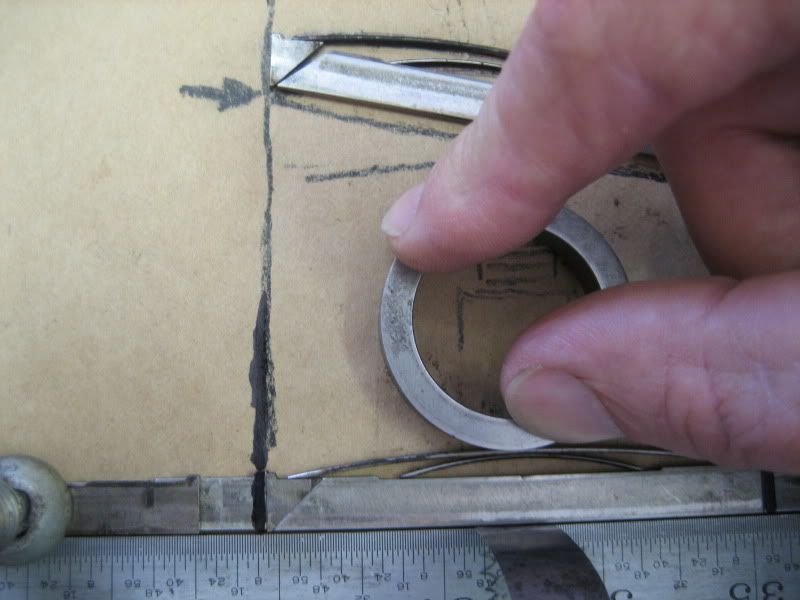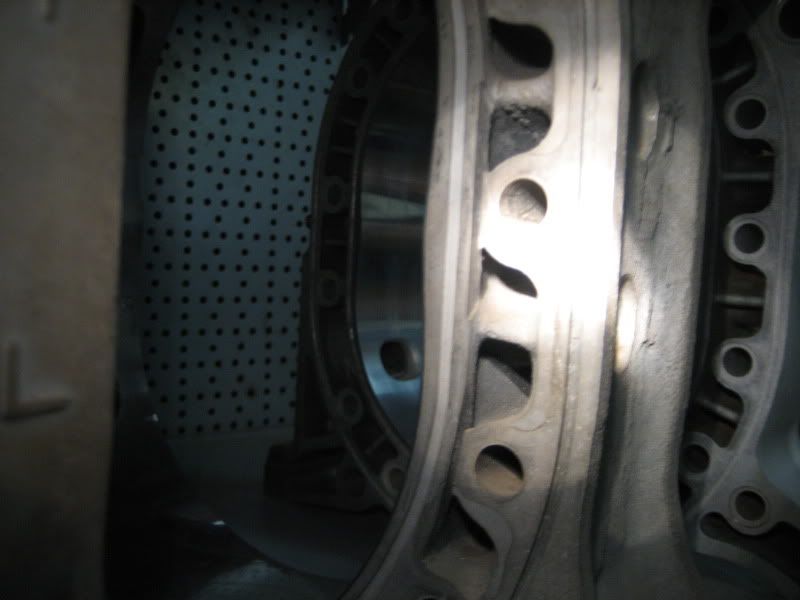|
|||||||
| Rotary Tech - General Rotary Engine related tech section.. Tech section for general Rotary Engine... This includes, building 12As, 13Bs, 20Bs, Renesis, etc... |
|
|
Thread Tools | Display Modes |
|
|||||||
| Rotary Tech - General Rotary Engine related tech section.. Tech section for general Rotary Engine... This includes, building 12As, 13Bs, 20Bs, Renesis, etc... |
|
|
Thread Tools | Display Modes |
|
|
#2 |
|
Rotary Fanatic
Join Date: Feb 2008
Location: Slidell, LA
Posts: 191
Rep Power: 18  |
So you can try a little experiment to test this hypothesis. Install a .0015Ē feeler gauge at the center of the apex seal simulating the raised spark plug area. The seal will be rocked-over .003ď and the wedge will put pressure on the pointed end of the apex seal. Note the exaggerated condition depicted at the top of the picture.
 But we still havenít gotten to the root cause. The real problem is the raised spark plug area on the housing. There are at least three approaches to this problem: (1)- Use cold heat range plugs like NGK R7420-10 or 10.5. (This is easiest part of the solution.) (2)-The harder second part is to cool the housing better. A better pump is a good start. Second gen. cast impeller type pumps are a lot better or the Remedy pump for 3rd gens. (3)-The most difficult part would be to port the housing in the spark plug area to minimize distortion. But what is the best way? The factory racing peripheral housing have a trough cast into the inner water jacket in this area but the are for NA applications.  Notice that the thru-bolt bosses have been severed. |
|
|

|
| Bookmarks |
|
|